Equipment for beginners
As a new beekeeping season gears up we’re approaching the time of year when beginners will start acquiring nucs or swarms to start their own colonies.
Beekeeping is an excellent hobby. It involves physical work outdoors. It is cerebral, requiring good observation, thought and interpretation. You produce delicious honey for your breakfast, your family and friends.
You can even recoup your – not inconsiderable – costs by selling products from the hive.
Beekeeping is not an inexpensive hobby and it’s not one you can dependably make money from. Dependably is the important word here. You can certainly make money, by selling honey, bees, wax or propolis, but doing so needs a combination of a good season and the beekeeping expertise to exploit it.
The former is out of your control whereas the latter takes a combination of luck and practise.
You also need the time to develop the customers to sell your products (and not give everything away to friends and family 😉 ).
Hobbies and investments
If you’re interested in starting beekeeping to make money, think again. Instead, buy a 50:50 combination of index-linked gilts and global equity tracker funds. Leave this invested for 20 to 30 years and you’ll make money.
But if you’re starting beekeeping as a hobby (which might make you money in the dim and distant future) then it is worth investing in a minimum amount of good quality equipment.
If beekeeping is for you then you’ll continue using it.
If beekeeping isn’t for you {{1}} then you’ll be able to sell the equipment without too great a loss.
Buy cheap, buy twice … but this doesn’t mean you have to buy the most expensive either.
Hives
There are two main decisions to be made here. The material the hive is made from and the type of hive.
The material is immaterial 😉 The main choice is between polystyrene or cedar. Both have advantages and disadvantages. The bees will do fine in either if prepared properly for the winter.
In my view cedar is nicer to handle and a bit more robust. It looks and ‘feels’ more traditional. Poly might be better if you have very harsh winters. I use both more or less interchangeably.
There are some really lovely cedar hives made, but for starters you cannot go far wrong with the Thorne’s ‘Bees on a Budget‘ hive. I bought my first one (second hand from a beginner who was giving up) and it’s still going strong. I have had hundreds of pounds of honey from that hive over the years.
The best of the poly hives that I’ve used is from Abelo. However, it’s an evolving market and there are lots of poly hives I’ve neither used or even seen.
The type of hive – National, Langstroth, Smiths etc. – is one of the most important beekeeping decisions you will make … and one of the first. It doesn’t really matter what type of hive you use {{2}}, but the investment involved commits you to either continuing with that hive type, buying everything again or a lifetime of compatibility problems and frustration 😉
Use what the beekeepers around you use. You should be getting your bees locally and compatibility with them makes buying (and selling in due course) bees easier. It also makes cadging a frame of eggs to ‘rescue’ a queenless hive – or improve your stock – straightforward as the frame will fit into your hive.
Finally, it makes borrowing equipment e.g. spare supers to cope with a phenomenal nectar flow, possible … which brings me on to the an important point …
More hives
You will need some or all of an additional hive the first time you do swarm control. Vertical splits only need an additional brood body, but the classic Pagden artificial swarm requires an additional hive (floor, brood body, crownboard and roof).
In a good year you will also need more than the standard two supers that most ‘complete’ hives are sold with.
So … right at the outset it probably makes sense to purchase two complete hives.
Kerching!
Frames
You will need frames of the right size for all boxes you’ve bought. Super frames can be used year after year. Brood frames need replacing about every three years (or the comb does, the frame can be re-used).
Helpfully frames are sold in tens, whereas many boxes require eleven frames. D’oh! At least you’ll have some spares.
You will also need foundation for the frames. Buy the best quality you can get. The bees are going to ‘live’ in it and store your honey in it. There have been problems with poor quality foundation which may contain lots of impurities or chemicals.
In due course, but not right from the start {{3}}, consider using foundationless frames. You will save money and have confidence that the wax is the best possible quality as the bees made it all themselves.
I emboldened all in the opening paragraph of this section deliberately.
There are few things more frustrating than grabbing an empty brood box (expecting a full one) when you’re in the middle of the swarming season.
Another one of those Don’t do as I do, do as I say statements 😉
Miscellaneous hive parts and other equipment
Some ‘complete’ hives (like the Abelo) are sold without a queen excluder.
So, not complete then 😉
The cheapo plastic queen excluders are OK, but a wood-framed metal excluder is easier to use, squashes far fewer bees and is much easier to clean.
You will also need a way to clear the supers of bees before the honey harvest. The Thorne’s Bees on a Budget hive comes with a couple of porter bee escapes and a suitable crownboard, but you’ll need to beg, steal or build something suitable if you buy the Abelo.
Hive tools are a very personal item. There are dozens of different designs and it will take some time to decide which best suits your beekeeping and your hands. Some are big and heavy, some are small and light. Choose a simple medium sized inexpensive one for starters.
And then buy another as you’ll probably lose it in the long grass 😉
Buy a honey bucket and keep your hive tools, together with a small serrated knife and a pair of scissors, in strong washing soda. You can leave this in the apiary. The tools will stay pathogen-free and be nice and clean when you next use them.
I’ve owned three smokers since starting. The first was small, a nightmare to start and worse to keep alight. The other two are the little and large Dadant smokers. These aren’t inexpensive, but they are easy to use and last forever.
Unless you reverse your car over it 🙁
Get another honey bucket to keep your smoker fuel in – once you’ve spent months deciding what works best.
That’s it … no bee brush, frame stand, powdered sugar shaker, queen clip or the 1001 ‘essentials‘ you find listed in the catalogues.
The sting and confidence
Bees sting and you will get stung. When you do get stung it generally means you’ve done something wrong or you have temperamental bees. The latter can be due to the weather, the forage (or lack of it) or bad genes.
Working confidently with bees comes with practice and with the knowledge that you are wearing sufficient protection to keep the bees away from the most sensitive spots.
A good bee suit costs about as much as a complete hive and should last as long. BBwear and BJ Sherriff bee suits are high quality, well made, repairable and come in a myriad of colours. I’d recommend their basic models in a full suit style … as you gain experience you might progress to a jacket or even just a veil.
I still use the first BBwear suit I bought. It’s been washed hundreds of times and is a bit tatty but it has at least another decade of use in it.
Paradoxically, the gloves that give me the most confidence when working with bees are the thinnest I own. These are long-cuff blue nitrile gloves. They are thin enough to feel a bee if you’ve trapped it, rather than just squishing it as you would wearing thick gauntlets.
BBwear used to offer ‘free’ gauntlets with their suits. They were like welders mittens! Ask for a discount instead and use standard Marigold-type washing up gloves to start with. Stings can just about penetrate, but are attenuated. You’ll be reminded when you’re doing something wrong, but they enable far more dexterity than the sting-pheremone-accumulating leather gauntlets.
Don’t, whatever you do, buy heavy duty, black, long cuff household gloves.
Why not?
Remember that most bears don’t look (or behave) like Winnie the Pooh … 😉
Is that it?
More or less. I reckon everything above is essential for beginners (including a duplicate hive). I’ve only included the specialist beekeeping equipment and have excluded items you should borrow from your local association (or mentor … you do have a mentor?) such as an extractor. I’ve also excluded Varroa treatments, sugar/fondant for winter stores and the non-specialist stuff like a notepad, wellington boots or a bag to carry everything to the apiary.
There won’t be much change out of £500, but there should be some.
And you still have to get some bees 🙁
As I said, not inexpensive. I’ve got a half-written post on the economics of hobby beekeeping, including indications of where you can save money (and where you can make money).
Remember also that keeping two colonies is highly recommended, so doubling the equipment needed. Perhaps not in your first year, but – perhaps after a successful artificial swarm – something to plan for your second full season.
Luxury item
If this was Desert Island Discs you’d be allowed one luxury item. Although not a luxury as such, the one nearly invaluable additional item I’d add to the list above is a poly nucleus box.
Nuc boxes are probably the most useful pieces of equipment in beekeeping. You can overwinter colonies in them, catch swarms, keep the queen safe and use them for a very effective form of swarm control.
Again, like the poly hives there are lots of makes, all with their own particular quirks. You need one that takes the same frame size as the hives. However, unlike full size hives I’d only recommend polystyrene, not cedar. They are lighter and much better insulated.
They are also more reasonably priced, so drop some hints before Christmas after your first full season of beekeeping.
{{1}}: And a surprising number of people start and soon give up. The winter training courses are full every year but only a relatively small proportion of those taking the courses keep bees for more than 3 years.
{{2}}: Choose something mainstream though. There is a reason the Langstroth is the most popular hive in the world whereas the Glen hive is not.
{{3}}: Because handling them takes a little more care when they’re being drawn and because their use requires that the hive is absolutely level – two more things to take into account once you have some experience.
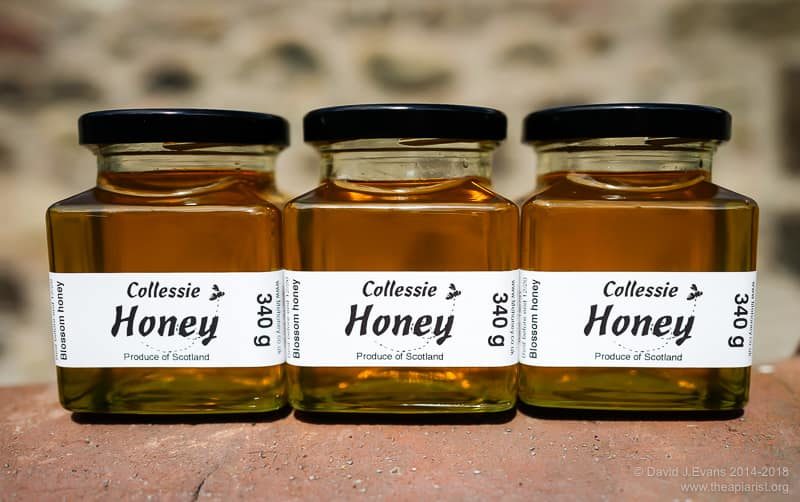
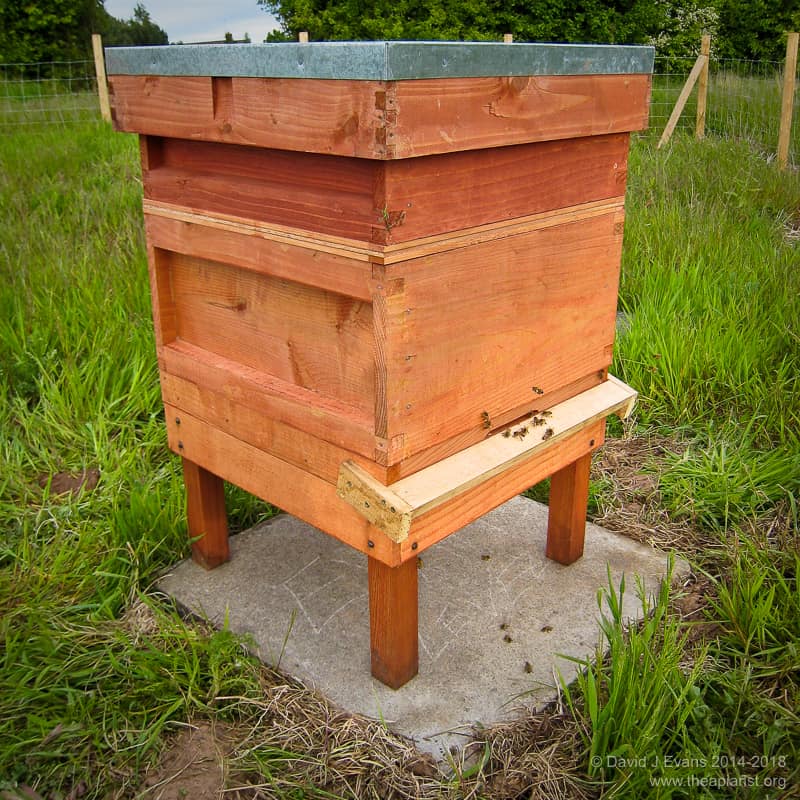
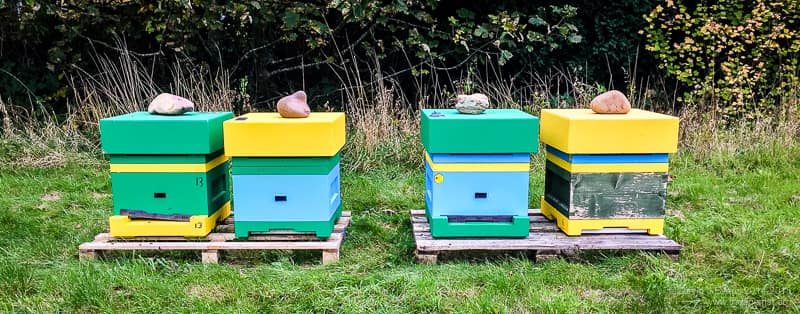
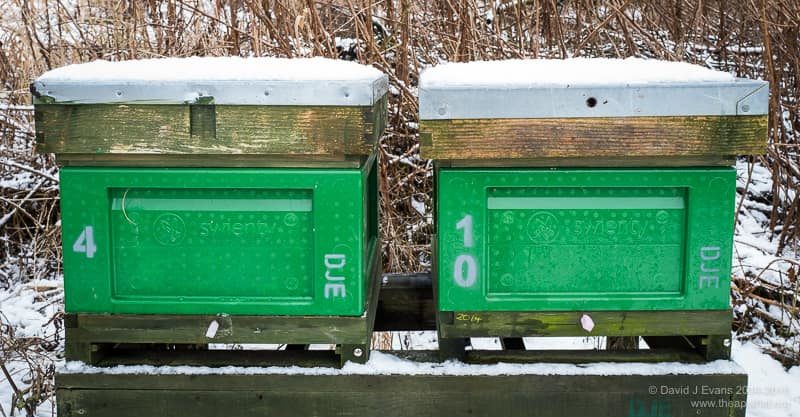
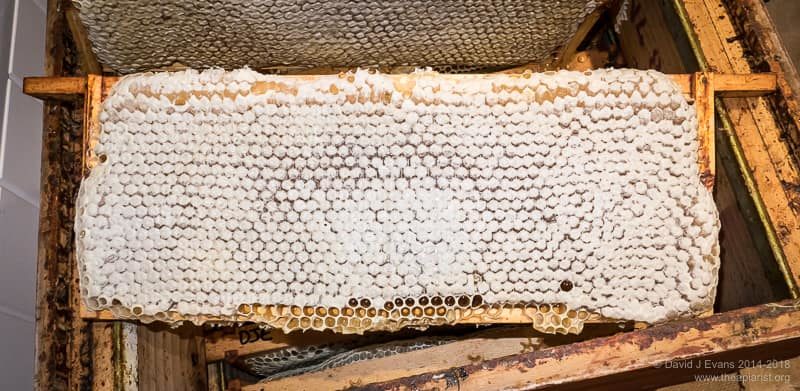
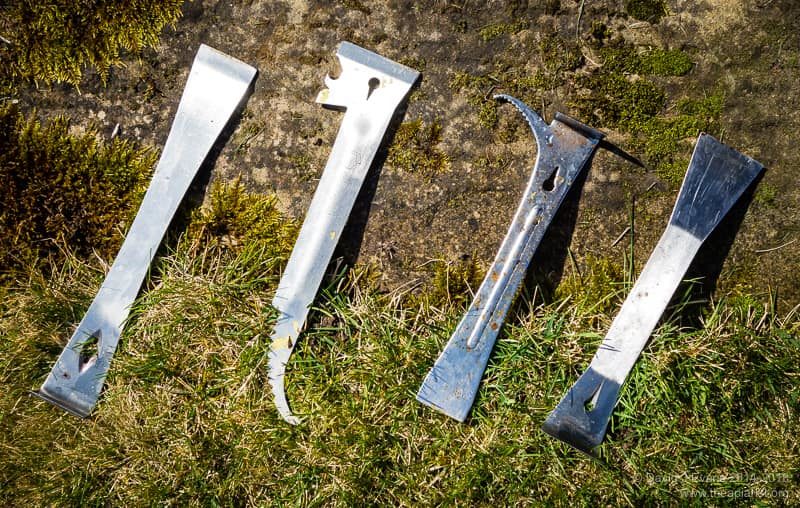
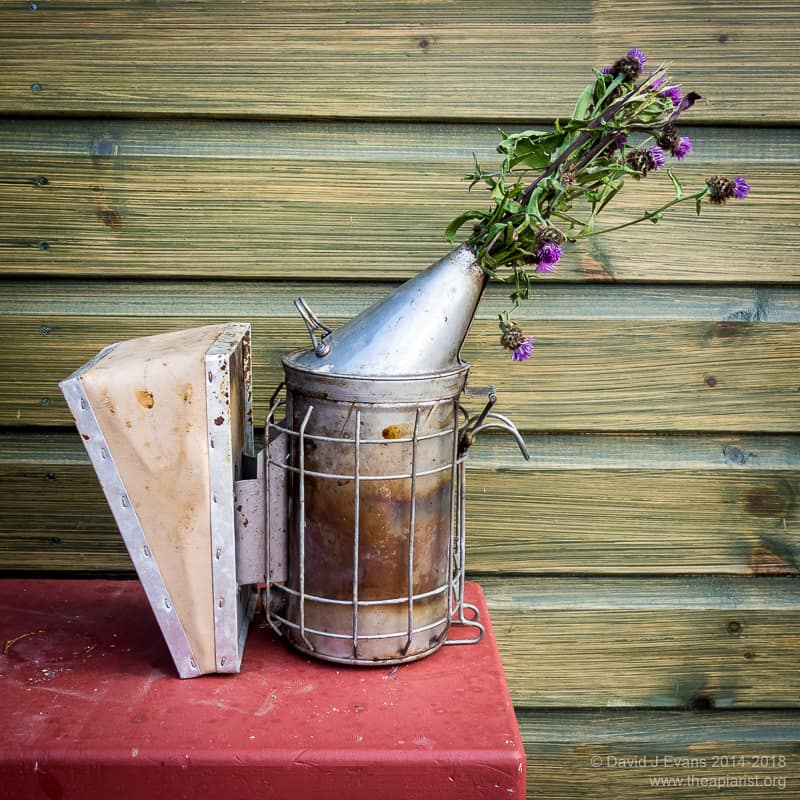
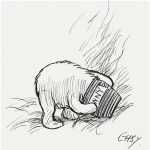
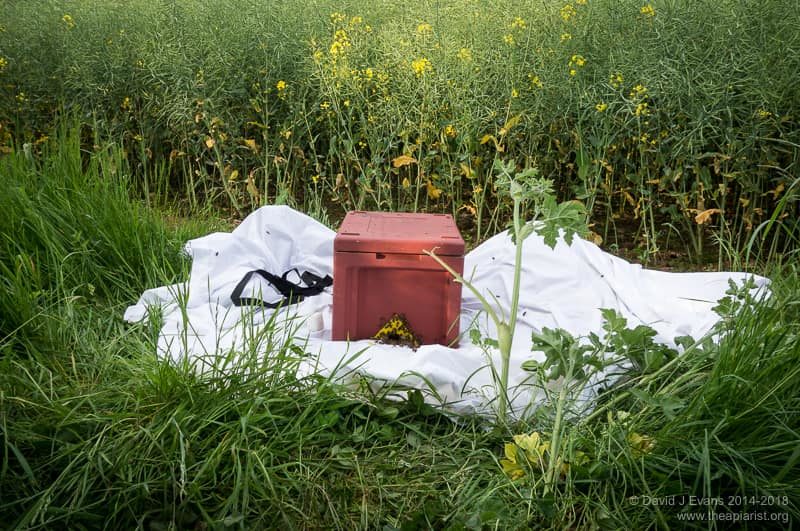
Join the discussion ...